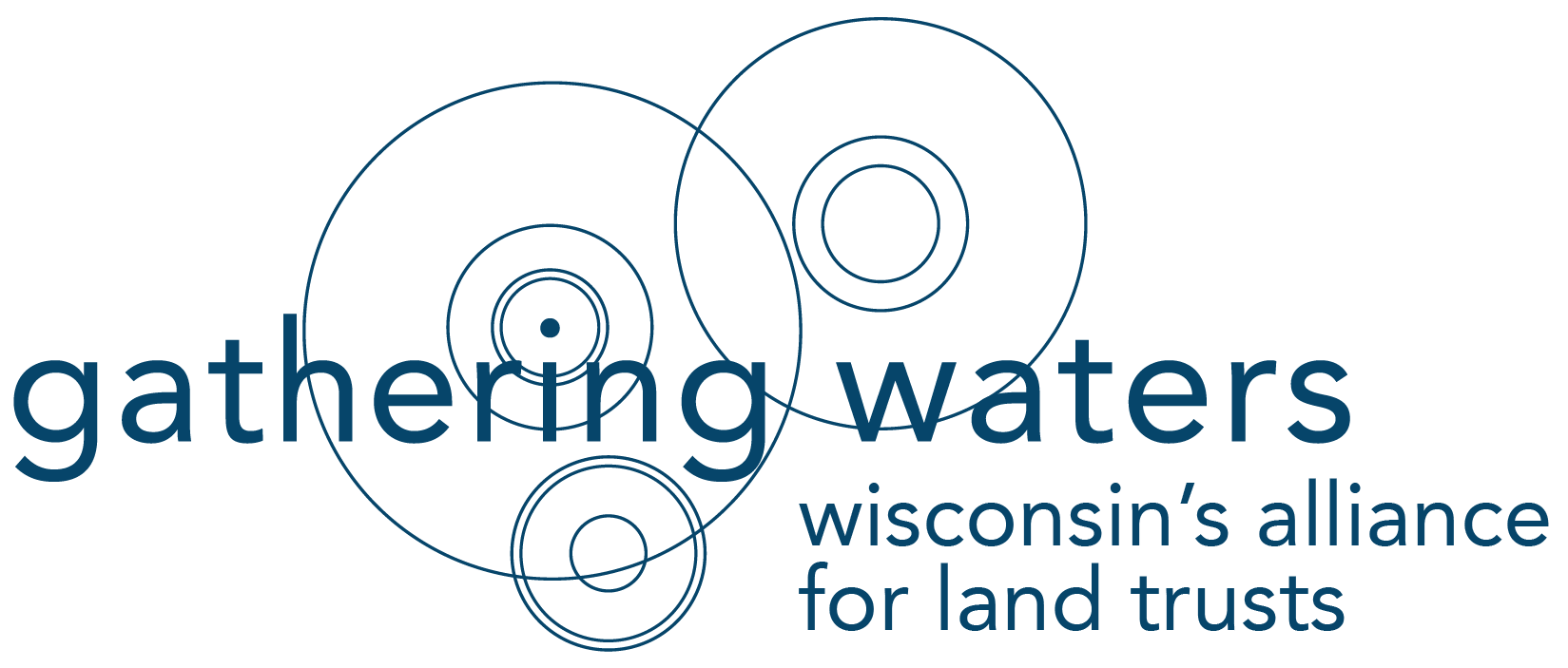Contributed by Karen Bassler, founder of Superior NonProfits, and Gathering Waters Conservancy’s former Conservation Programs Director.
“Environmental advocates can be formidable adversaries.”
So says Jack Kingston, U.S. Representative from Georgia, referring to obstacles that former residents of Georgia’s Coast may face as they attempt to reclaim their property – property that is now part of the Harris Neck Wildlife Refuge.
What should environmental advocates do faced with a proposal to remove land from protection to restore it to private ownership? Simple response: be formidable adversaries. But rarely are situations that simple.
The history of the Harris Neck Wildlife Refuge is one of gifting and taking. As described in a recent New York Times article, the land, originally deeded to a former slave by a plantation owner, was condemned to build an Air Force base during World War II. It was transferred to the Fish & Wildlife Service in the 60’s, and as part of the Savanna National Wildlife Refuge, provides habitat for dozens of waterfowl species and migratory birds.
But in its previous life, the area provided land for hunting, fishing, farming, oystering and simple ownership for human members of the Gullah/Geechee , a culture now threatened with extinction by development.
The former residents of Harris Neck have formed the Harris Neck Land Trust to advocate that the title to the land be returned to them and their families. They are proposing a land use plan that would entail development of just one-tenth of the acreage, development that would include solar energy, organic farming, and restrictive covenants.
Thus far, other land trusts and environmental advocates in the region have neither opposed the Harris Neck Land Trust, nor provided support. To them I would say: What are you waiting for? This is a perfect example of a win-win for natural habitat and local community viability.
Land trusts have been accused of being anti-development, and of fencing off land to public use. In some cases, opposing development and restricting use are important to protect irreplaceable resources. But more often, we should strive for creativity and integration with acceptable, even beneficial local community customs and land uses.
In Wisconsin, there are notable examples of this kind of win-win creativity. The Driftless Area Land Conservancy’s preservation of the Thomas family farm in Iowa County allowed for the permanent protection of the farm land and adjacent prairie while providing funds to restore the stone barn, a venerable structure on the national register of historic places. Another example was the long term effort by The Nature Conservancy to help the Bad River Band of Lake Superior Chippewa regain title to tribal lands in the Bad River watershed, which includes the unique wetland community in the Kakagon Sloughs.
The fact that the former residents of Harris Neck have formed a land trust should be inspiration for us to stretch our notions of what land trusts are and what they can do. In addition to being formidable adversaries, we should be formidable allies in protection of places like Harris Neck, rich in natural and human resources alike.


